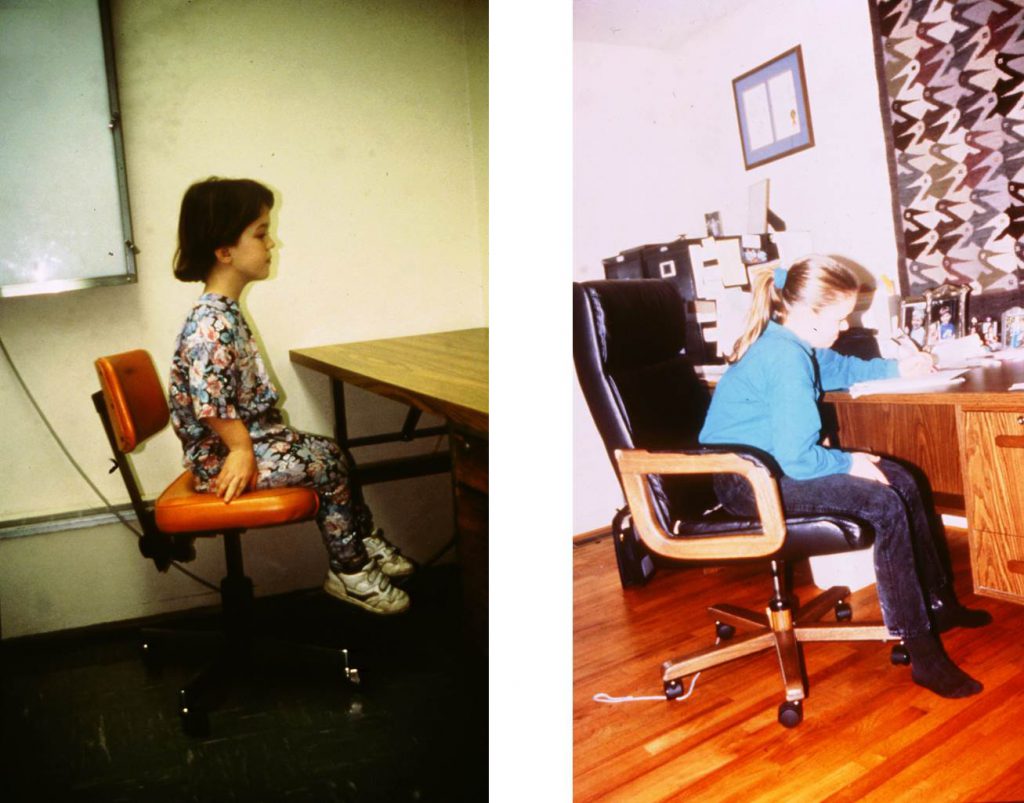Lengthening for stature for dwarfism has been termed extensive limb lengthening (ELL) and is controversial in the United States and Canada but is a well-accepted treatment of dwarfism in Europe, Asia, and South America. The interests of patients with dwarfism are represented by the Little People of America (LPA) and Little People of Canada organizations. They have rightfully been wary of such treatments that might lead to serious complications and injury to individuals with dwarfism. This concern dates back to the first experience with lengthening for stature in dwarfism using the Wagner method during the 1970s. Results were complication-ridden and the treatment was often worse than the condition. Even after several surgical treatments, patients achieved very limited increase in height. With the introduction of the Ilizarov and Orthofix devices to North America in the mid-1980s, all this changed.
At the Paley Orthopedic & Spine Institute we use the four segment lengthening method, stressing that the goal of lengthening is to increase height to around 5 feet. We also stress correction of deformities while lengthening to improve mechanical axis alignment and joint orientation, reduce hyperlordosis of the spine, and in some cases, correct flexion deformities. Complications still occur, but they are treatable without leaving permanent damage. Long-term studies of the European and North American experience have not shown deterioration in joints, muscles, or nerves. Dr. Paley is confident in recommending lengthening for patients with achondroplasia, hypochondroplasia, and other dysplasias. We can safely achieve the goals of treatment in nearly all cases with little to no permanent residual side effects, provided the treatment protocols are strictly followed.
Dr. Paley agrees with the LPA that there is no “need” to be lengthened in order to live a productive, healthy life. Similarly, patients with limb length discrepancies do not “need” to undergo limb lengthening. In both situations, the affected individuals can live quite well with special devices to compensate for their disability. Therefore, one may ask, what are the benefits of lengthening that justify the risks and inconvenience of this difficult and lengthy treatment including multiple surgeries and extensive rehabilitation?
The Benefits of Lengthening
The benefits of lengthening can be divided into functional, psychosocial, and therapeutic.
The functional benefits derive from increased stature and longer reach. Society has designed the world based on a minimum height of five feet. Everyday items in our homes, such as door knobs, coat racks, light switches, seat height and depth, toilet seat height, freezer doors, and shower controls, are designed around an expected height. Work environments have copy machines, file drawers, and other surfaces out of reach for individuals with dwarfism. Cars have their gas and break pedals out of reach and air bags must be disabled to avoid serious injury when deployed. By increasing height to over 5 feet and increasing reach by 4 inches, all of these items are made easily accessible. Compensatory devices such as stools, stepladders, and reach extenders are no longer necessary. Furthermore, humeral lengthening has tremendous implications for personal hygiene.


The psychosocial benefits of lengthening are also extensive. Lengthening leads to a complete change in body image. The rhizomelic disproportions of the trunk and limbs are less pronounced. Increased height may lead to greater self-confidence and may improve job marketability and dating options.
Finally, lengthening has prophylactic and therapeutic benefits. Reducing hyperlordosis of the spin can reduce spinal stenosis, painful pressure on the spinal cord and nerves. Realignment of the knee, ankle, and hip joints can reduce the likelihood of developing arthritis. Lengthening also tightens joint ligaments, strengthening the joint and making it more stable.
Dr. Paley has performed thousands of lengthening surgeries for patients with achondroplasia, hypochondroplasia, and other dwarfisms. Patients are overwhelmingly pleased with the dramatic results and most state they would undergo the surgery again. It changes their lives, it changes their body image, and it changes the ways in which they can function in society.
The decision to undergo lengthening is a personal one and it is not for every family or child. However, we do feel that patients with achondroplasia, hypochondroplasia, or other dysplasias should be educated about this treatment option. Dr. Paley is the most experienced limb lengthening surgeon in the world, and here at the Paley Institute we offer the most advanced treatment options available. We offer lengthening that can be done safely and reliably.